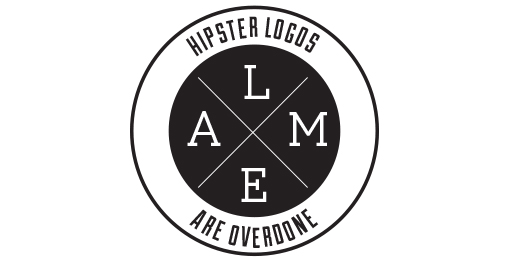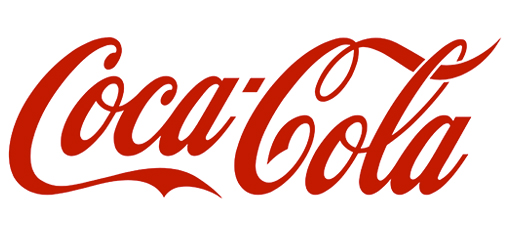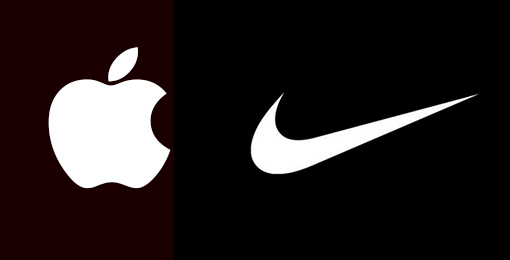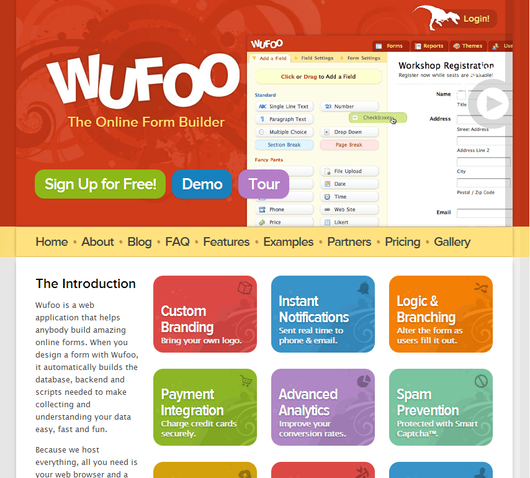 If you don’t have a website for your small business, you are certainly missing out on potential business and growth for your company. But, some business owners are nervous about branching out and getting online because they are afraid to lose money on a venture they don’t entirely mistake.
If you don’t have a website for your small business, you are certainly missing out on potential business and growth for your company. But, some business owners are nervous about branching out and getting online because they are afraid to lose money on a venture they don’t entirely mistake.
It is a fair concern. There are countless thrown together websites that litter the web, neglected and forgotten by everyone except the bots search engines send out. But, that shouldn’t be enough to stop you from reaching out with your own company. The majority of sites that have gone unnoticed and cost their businesses money share a number of fatal flaws that will stop any traffic from trusting you or returning to your company’s site.
Today, we are going to discuss the most common mistakes that drag down websites that have the potential to engage and excite visitors, and how we can help brands turn their struggling website into a real platform to expand your customer base and engage with your audience in new ways.
Visual Mistakes
Hidden Contact Information: For smaller businesses a website serves as an entry point for customers. While your website should demonstrate your expertise and services, the most important thing on all of your site is your contact information. Far too often, this information is stuffed and hidden away at the bottom of the front page or an obscure tab. Instead, put the contact information front and center, or at least above the fold. Visitors should be able to contact you within seconds from the front page of your site.
Crowding the Page: In web design, less can certainly be more. Your front page shouldn’t look like a crowded advertisement you send out to local papers or a mishmash of information crowded into as little space as possible. With online design you never really run out of space, so don’t be afraid to let your site breathe and let the white space of the page shine through where it needs to. If your page gets too busy, ask yourself what is essential, and prioritize what information should be immediately visible when your page loads. Then build from there.
Dead Links: Nothing says “this website is not well maintained” to a customer like a site filled with links that no longer work. But, if you only work on your site from one computer or network, you might not ever know the links are broken. Regularly check your site from a different computer and check to make sure all the sites you are linking to are still up to date and don’t lead to pages that no longer exist.
Animated Logos: When you visit websites for highly respected brands or prominent companies, do you ever see logos that spin, flash, or shoot glitter? While Google’s animated “Doodles” are a popular feature of their site, the vast majority of successful sites put their animated logos out to pasture years ago. Just use your professional logo in the cleanest looking format you can.
Content Mistakes
Typos and Grammatical Errors: There should NEVER be grammatical errors or typos on your page, especially on your front page. Yet, I still see this all the time, and audiences notice. If you have to hire someone to proof read all copy you publish, do it. The bottom line is that visitors and readers automatically respect and trust you less when they notice errors on the digital face for your company.
Stale Content: One of the biggest ways to push away your audience is to appear out of date. If you have content that is just sitting there and is never udpated, visitors will start to wonder if you are still in operation, and if so, why did you leave your website and content to rot? Regularly publishing fresh content shows that your business is up-to-date, in touch with its customer base, and an expert in your field.
Outdated Calendars: The same problems with stale content are inherent in outdated calendars, but worse. If a visitor sees your online calendar hasn’t been updated since November of 2011, they will assume that is the last time your website was updated. Similarly, they will assume you have either neglected your site or gone out of business. If you don’t have enough events to fill a calendar, cut it. If not, then start updating the calendar with all your events so your audience can join in on the fun.
The Big Picture
Yes, there is plenty of room for failure online. But, with a little bit of wisdom and a skilled hand to guide you through the process, it is actually much easier to gain a bit of traction online than you probably think. But, you can’t use full measures. By waiting to get online you are just missing out on potential customers, but a poorly done website projects disinterest in your own business or a lack of professionalism that won’t attract any new faces. Most importantly, you won’t see any new sales with a site like that.









